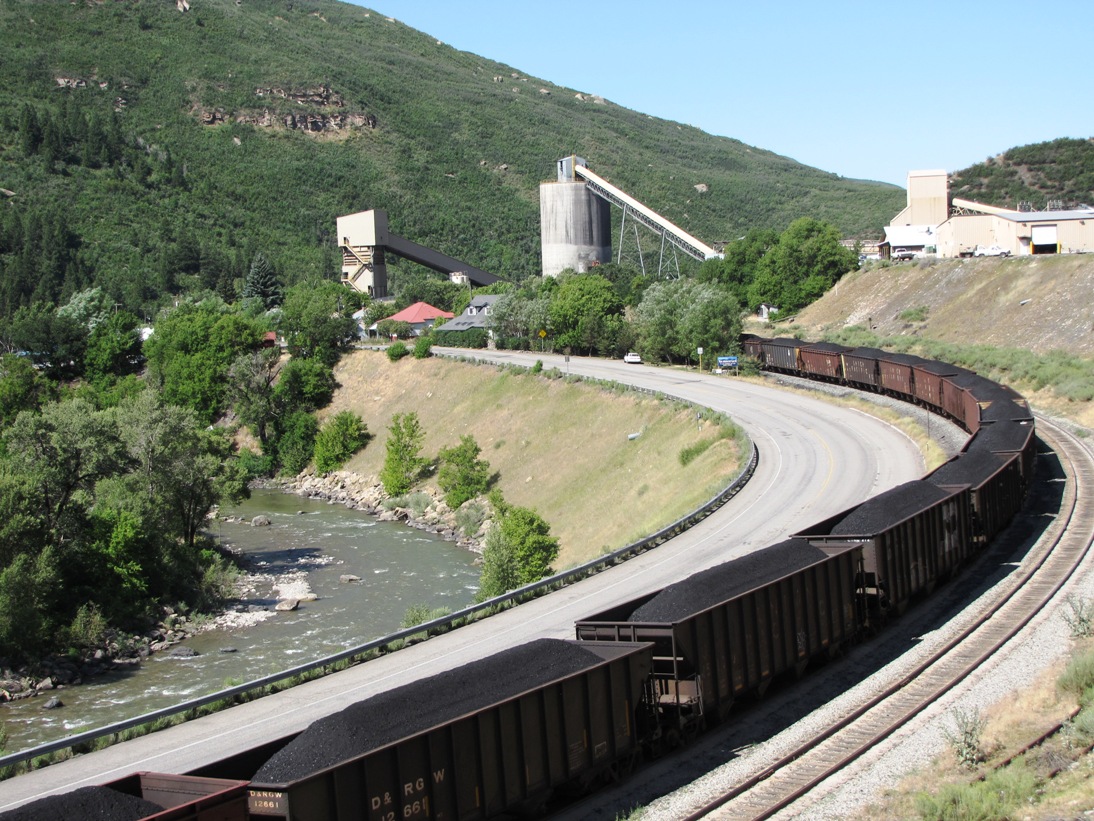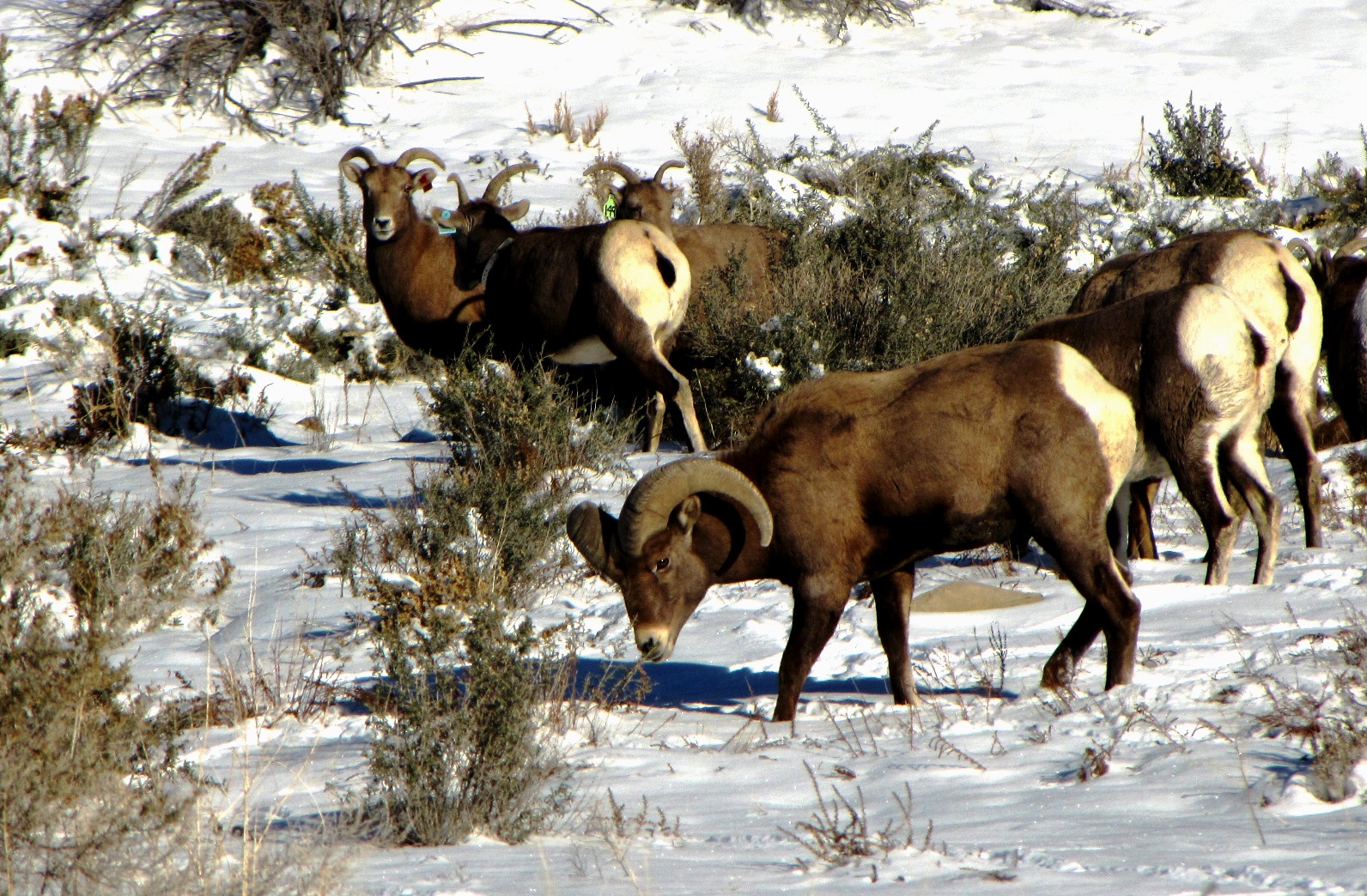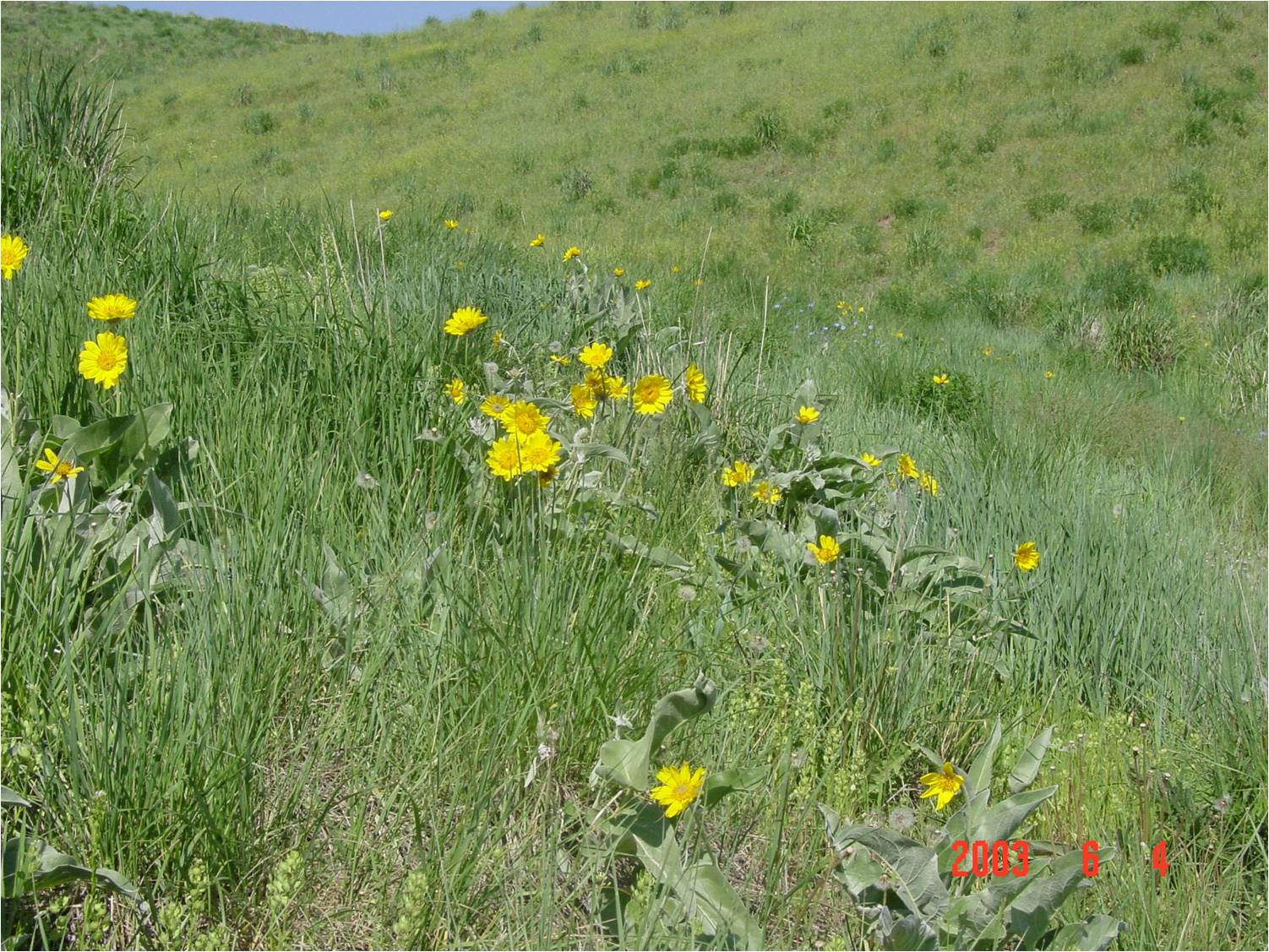Responsibilities


The Coal Program is responsible for the implementation of the Colorado Surface Coal Mining and Reclamation Act, including permitting, bonding, inspection, and enforcement of surface coal mining operations and coal exploration projects. The Coal Program carries out its responsibilities for all permitted mineral mines and exploration operations through:
Reclamation performance bonds are posted for all permitted coal mines and exploration projects. The performance bond ensures that the Division has adequate funds to hire a third party to complete required reclamation of approved disturbance in the event the permittee is unable to do so. The amount of required reclamation performance bond is based on the actual costs to reclaim all permitted disturbance at an operation. The bond remains in place for a minimum of ten years for most mine permits, dependent on the post-mining land use. Liability for an exploration project is released when the required reclamation has been accomplished.
Coal mine permittees can request release of reclamation bonds as stages of reclamation are completed, through a three-phase process based upon specified criteria. At phase I, up to 60% of the bond may be released when the mined land has been backfilled and graded to approximate original contour and drainage control has been reestablished. Up to 85% of the bond may be released at phase II with topsoil replacement, successful establishment of vegetation that supports the post-mining land use, and documentation that the reclaimed lands do not contribute suspended solids to streamflow or runoff outside the permit area in excess of premining levels. The remaining bond may be released at phase III, characterized by termination of the liability period and successful completion of the reclamation plan. Coal permits are terminated when all requirements of the Rules and the Act have been successfully completed and all requirements for bond release have been achieved. Since inception of the Coal Program in 1981, the Division has granted full bond release at 30 permitted operations.
The Coal Program issues permits for coal mining and reclamation, and approves notices of intent to conduct exploration. Applicants demonstrate compliance with the Rules and Regulations to prevent negative impacts to environmental resources, protect public health and safety, and ensure reclamation of disturbed areas.
Coal permits are issued for five years and permittees have the right to successive renewal if a complete permit application for renewal is submitted at least 180 days prior to the expiration date. Notices of intent to conduct exploration are valid for the expected duration of the project, but may be extended if a written request is submitted to and approved by the Division.
Revisions to coal permits can be requested when necessary. The type of revision depends upon the modification that is requested -
- Minor revisions are insignificant changes to the operation plan or reclamation plans. Examples include changes in ownership information, minor alterations in the location of roads or other facilities, or minor alterations in the timing or sequencing of mining or reclamation plans.
- Technical revisions do not cause a significant alteration to the operation or reclamation plan, but may require a detailed review or involve other agencies. Examples include incidental permit boundary revisions, increases in coal production, reduction or termination of approved environmental monitoring programs, or design changes for regulated structures or facilities.
- Permit revisions are significant modifications to the terms or requirements of the approved permit. Examples include significant changes to the mining and reclamation plan, the addition of coal leases or mining blocks, and significant acreage changes to the permit boundary.
The Division conducts regular inspections of permitted operations in the state. Complete inspections are conducted at least quarterly at active coal mines, in addition to a minimum of eight partial inspections throughout the year. Operations that are in temporary or permanent cessation are inspected quarterly. At least two complete inspections are conducted annually at sites where the Division has revoked the permit and commenced reclamation activities.
Inspections are conducted to verify that mining and reclamation operations at the sites are being conducted in compliance with the approved permit, the Rules and Regulations, and the Act. Some of the topics inspectors evaluate include:
- Protection of the hydrologic balance (prevention of off-site sediment and erosion, surface and groundwater quality)
- Air pollution control (dust suppression)
- Fish and Wildlife protection
- Use of Explosives
- Subsidence control measures
- Regrading to approximate original contour
- Topsoil Replacement
- Revegetation success
A Notice of Violation is issued when an inspector determines that a condition or practice in violation of the Act, Rules, or the approved permit exists. A Cessation Order is issued if the violation creates an imminent danger to the health or safety of the public or is causing or can reasonably be expected to cause significant environmental harm to land, air, or water resources. The Division reviews each Notice of Violation and Cessation Order in accordance with regulatory criteria to determine whether a civil penalty will be assessed. Penalized operators can request an assessment conference in which all relevant information concerning the violation and penalty is reviewed by a conference officer. If the issues are not resolved, the operator can request a hearing before the Mined Land Reclamation Board (MLRB). Where a pattern of violations exists, the MLRB has the authority to revoke a permit and forfeit the reclamation bond. The Coal Program has revoked the permit at 17 sites since the program started in 1980.
